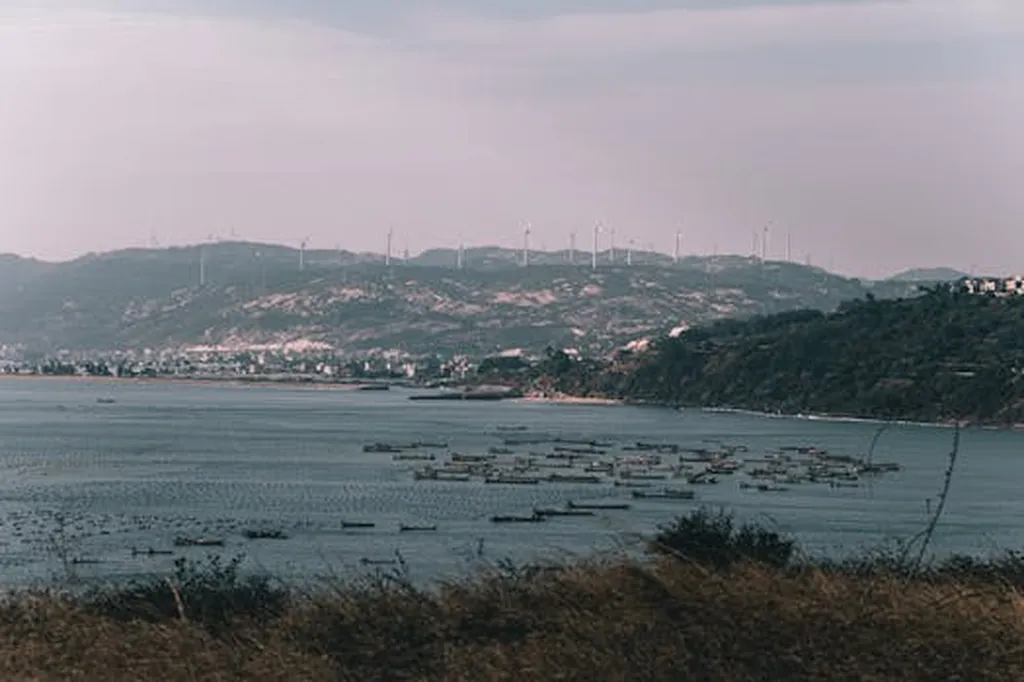In the heart of Krakow, Poland, a team of researchers led by Krzysztof Sornek from the AGH University of Krakow is blowing fresh air into the conversation about sustainable urban energy. Their work, published in the journal *Energies* (which translates to “Energies” in English), explores the untapped potential of urban wind energy as a key player in the development of Positive Energy Districts (PEDs). These are areas where the energy generated locally is greater than the energy consumed, a concept that’s gaining traction as cities worldwide strive to decarbonize.
Sornek and his team have systematically reviewed recent literature to assess the viability of urban wind energy. They’ve delved into various methodologies for evaluating urban wind resources, from Geographic Information Systems (GIS)-based mapping to wind tunnel experiments and Computational Fluid Dynamics simulations. Their findings suggest that urban wind energy, particularly from small-scale, building-integrated wind turbines, could significantly contribute to local energy self-sufficiency.
One of the most compelling aspects of their research is the potential for urban wind to complement solar power. “Urban wind offers temporal complementarity to solar power,” Sornek explains. “This means that when the sun isn’t shining, the wind might be blowing, providing a more consistent energy supply.”
The integration of urban wind systems with energy storage, Power-to-Heat solutions, and smart district networks could enhance district-level energy resilience. This is particularly relevant in the context of PEDs, where the goal is to generate more energy than is consumed.
However, the path to widespread adoption of urban wind energy isn’t without challenges. Low wind speeds, turbulence, and public acceptance are significant hurdles. But as Sornek points out, “Every challenge is an opportunity for innovation.” The team’s review identifies key technological and methodological gaps, paving the way for future research and development.
The commercial implications for the energy sector are substantial. As cities worldwide commit to climate-neutral goals, the demand for decentralized, renewable energy solutions is set to soar. Urban wind energy, with its potential for local energy generation and enhanced resilience, could become a significant player in this market.
Moreover, the integration of urban wind systems with other technologies like energy storage and smart grids could open up new avenues for innovation and investment. It’s a complex puzzle, but one that offers exciting opportunities for those ready to seize them.
In the words of Sornek, “The future of urban energy is not just about big wind farms or large solar panels. It’s about integrating renewable energy solutions into the fabric of our cities, making them more sustainable, resilient, and self-sufficient.” His work is a significant step towards making this vision a reality.

